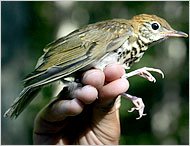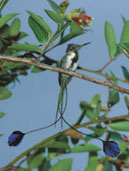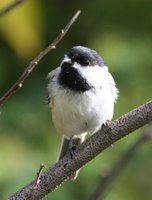
The Washington Post Features the The Washington Biologists' Field Club which is celebrating 100 years of self-professed geekdom (six years late) this year, with a 150-page volume summarizing a century of counting every living thing on Plummers Island, the club's buggy, overgrown paradise a few steps into the Potomac, just downriver from the American Legion Bridge.
Established in 1901 as a weekend retreat, Plummers Island, called by the field club "the most thoroughly studied island in North America," today represents one of the most comprehensive, longest-running biological inventories in the country.
Scrambling over Plummers Island's rock and scrub, club members have documented every living thing known to have existed there. To date, that includes 885 species of vascular plants, 70 mosses and 597 beetles -- not to be confused with the five different cockroaches they have found
The stories begin in 1899, when botanist Charles Pollard formed the Washington Biologists' Field Club, and began the search for a suitable field camp.
In 1901, the group leased Plummers Island, which it bought seven years later. For about $200, the members built at its rocky pinnacle a wooden cabin with few amenities beyond a big fieldstone fireplace and lean-to kitchen.
At the time, the island was a mix of untended farmland, forest, rock and shoreline. The blend drew plenty of creatures and plant life, and the members began collecting, each in his area of expertise.
For about three decades, Shetler has collected plants on the island. Opening a steel cabinet down the hall from his Smithsonian office, he flipped through yellowed folders. Inside rested mistflower specimens collected as early as 1917, the vivid blue blossoms on some still colorful.
*Washington Biologists' Field Club Website






